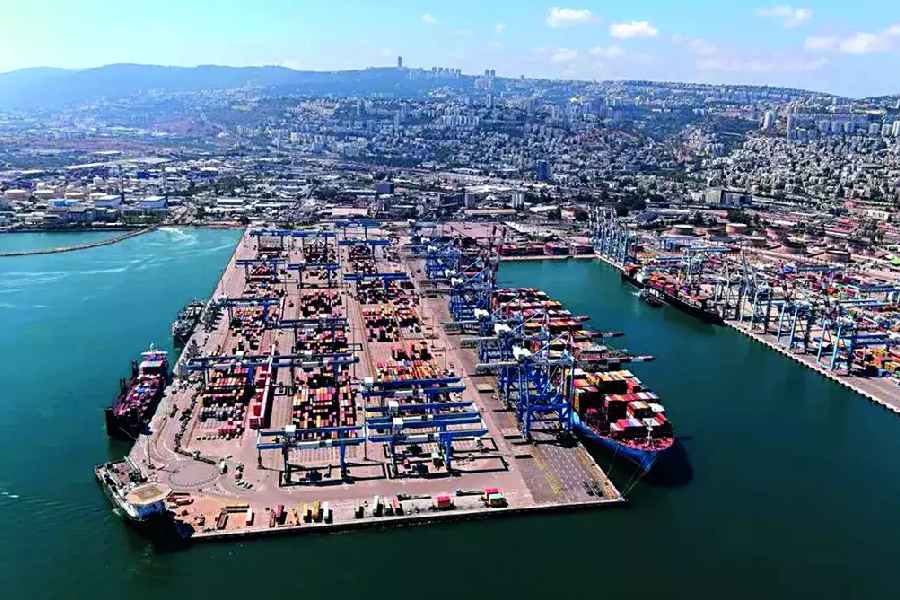SOURCE: AFI

The development of Iran’s Chabahar Port stands as a pivotal move in regional geopolitics, poised to significantly reduce Afghanistan’s dependency on Pakistan’s Karachi port. This strategic initiative, driven by trilateral cooperation between India, Iran, and Afghanistan, aims to enhance regional trade connectivity, promote economic growth, and stabilize the region by providing landlocked Afghanistan with a vital alternative trade route.
Chabahar Port, located in southeastern Iran, offers a crucial gateway to the Arabian Sea. Unlike Pakistan’s Gwadar Port, which is heavily influenced by Chinese investments, Chabahar is developed with substantial Indian support, positioning it as a strategic asset for regional trade and geopolitical balance.
Afghanistan has traditionally relied on Karachi for its maritime trade, making it vulnerable to political and logistical disruptions. The operationalization of Chabahar Port provides Afghanistan with an alternative route, mitigating the risks associated with over-reliance on a single port. This diversification is expected to enhance Afghanistan’s trade resilience and economic independence.
Chabahar Port facilitates direct access to international markets for Afghan goods, reducing transit times and costs. This improved connectivity is vital for Afghanistan’s economic development, enabling smoother and more efficient trade flows.
For Iran, Chabahar Port is a vital infrastructure project that boosts its economic prospects and regional clout. The port’s development aligns with Iran’s broader goals of enhancing trade connectivity and fostering economic partnerships despite international sanctions. By hosting this trilateral initiative, Iran solidifies its position as a key player in regional trade dynamics.
Chabahar Port is a strategic game-changer for regional trade and geopolitics, offering Afghanistan a vital alternative to Karachi and enhancing regional connectivity. With the backing of India, Iran, and Afghanistan, the port holds the potential to transform trade dynamics, promote economic growth, and foster regional stability.